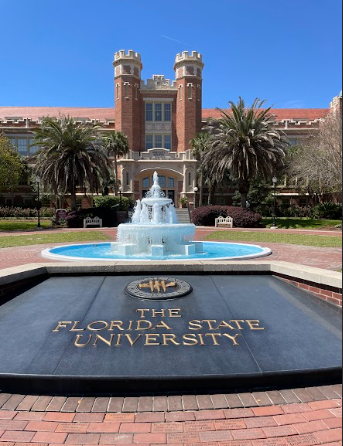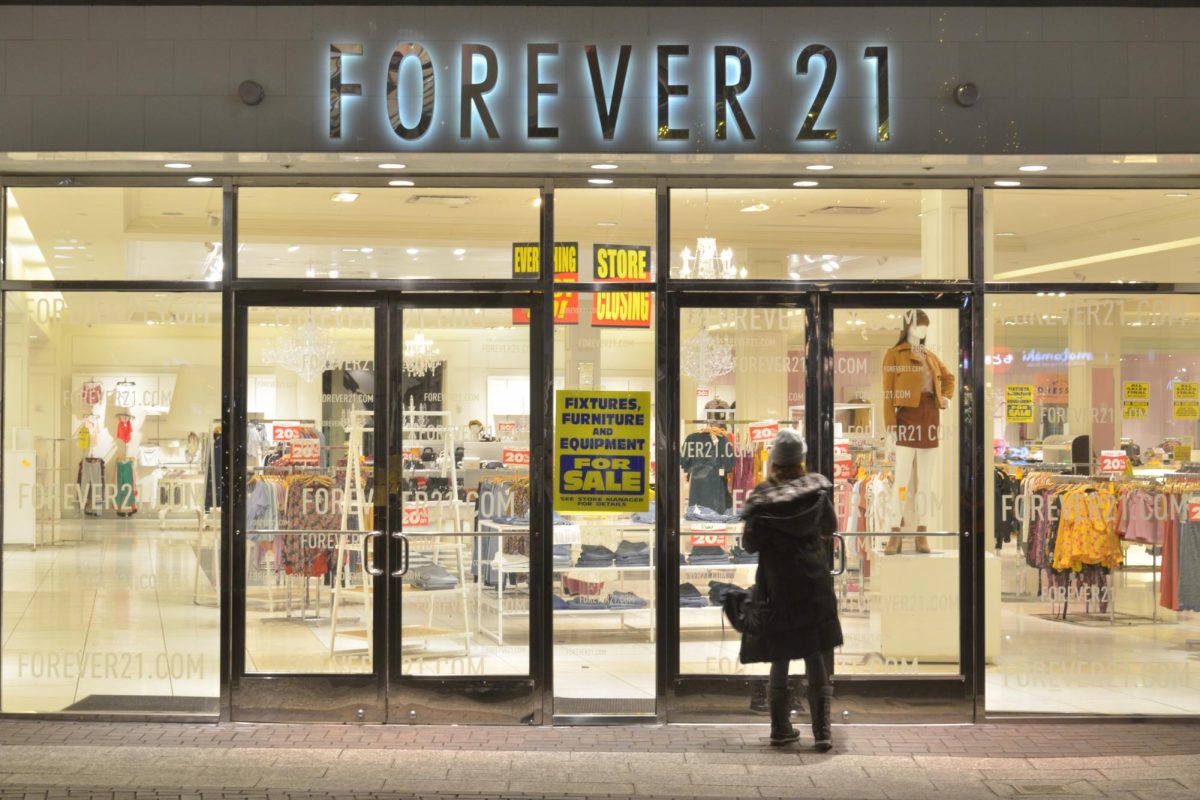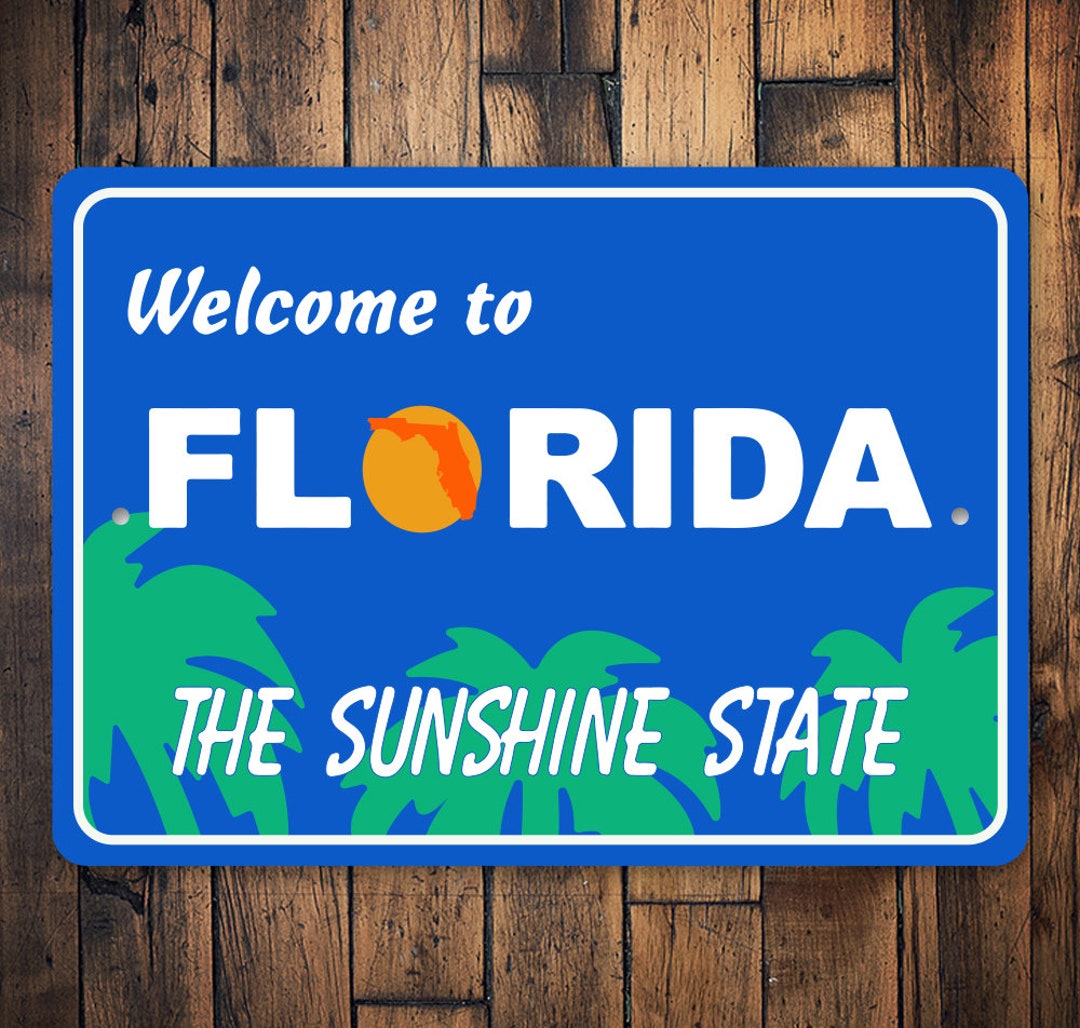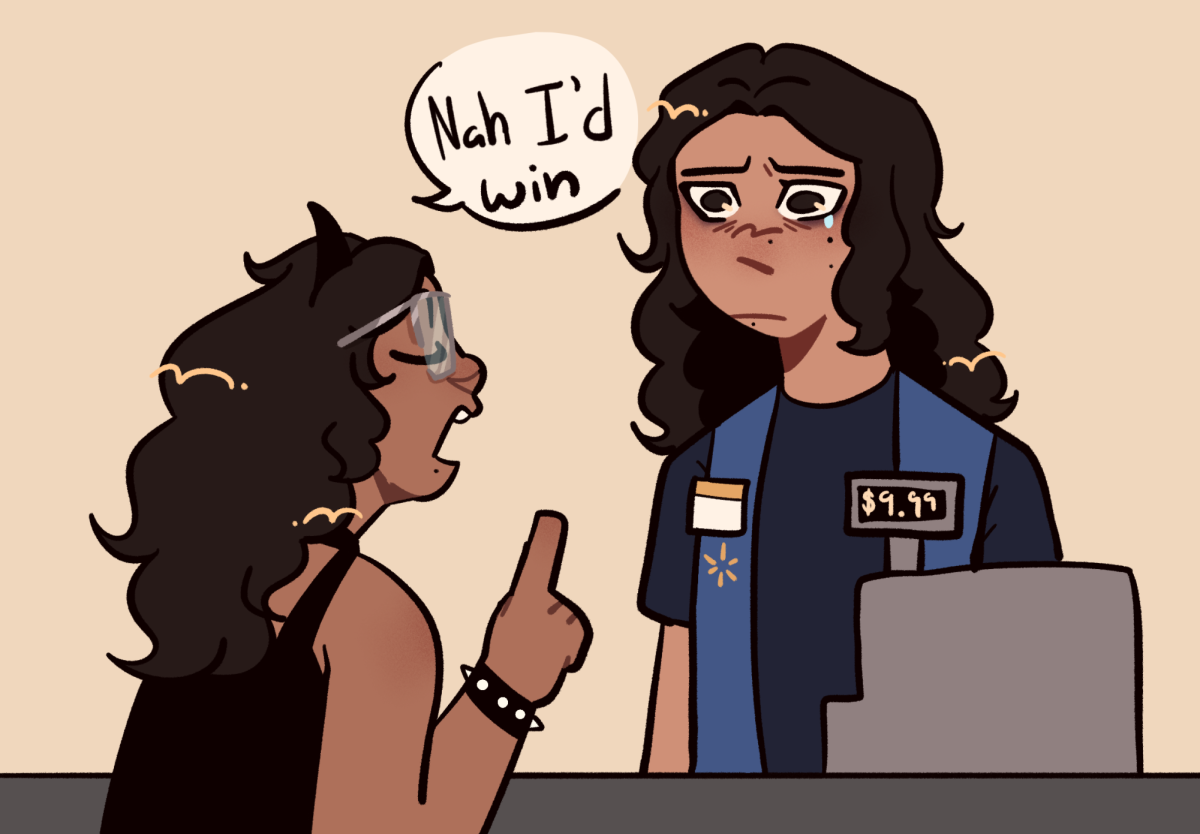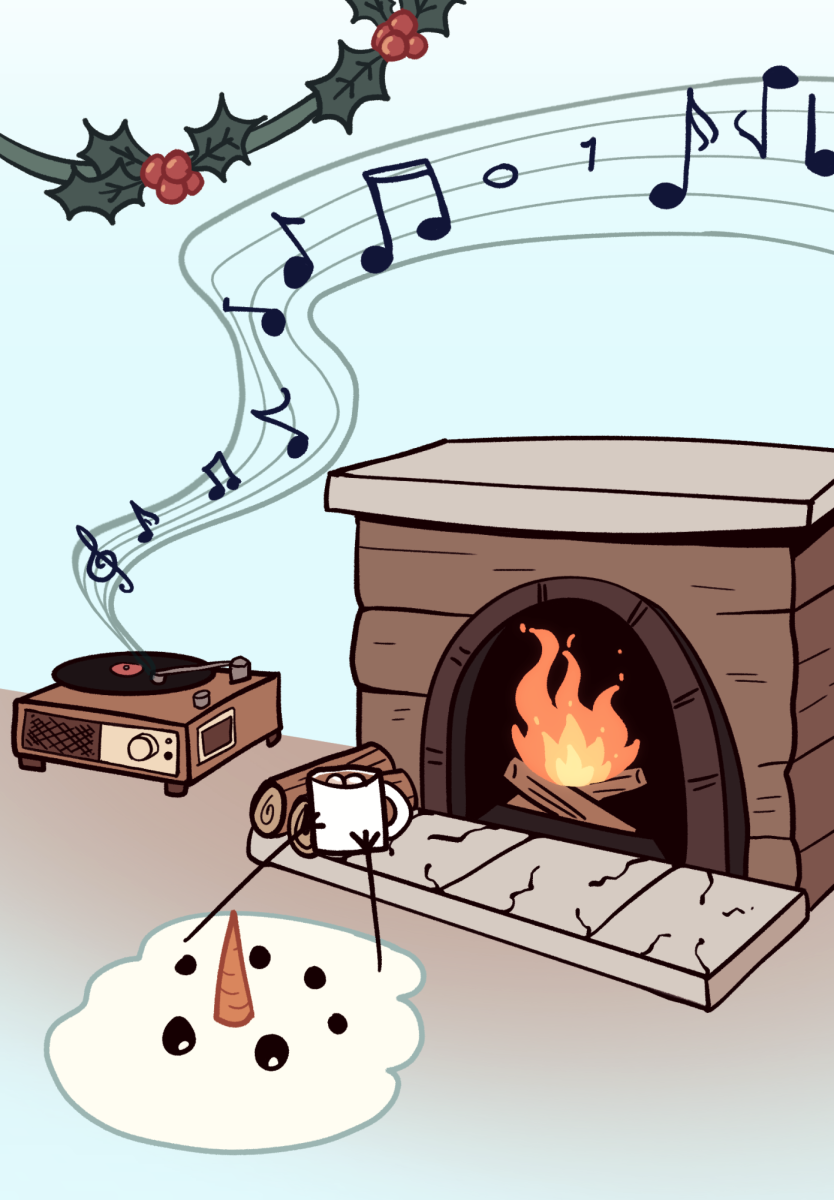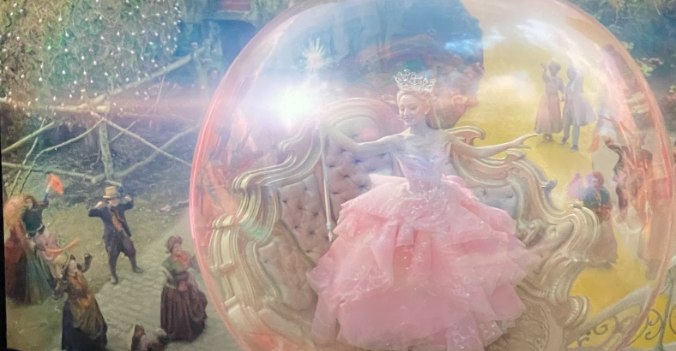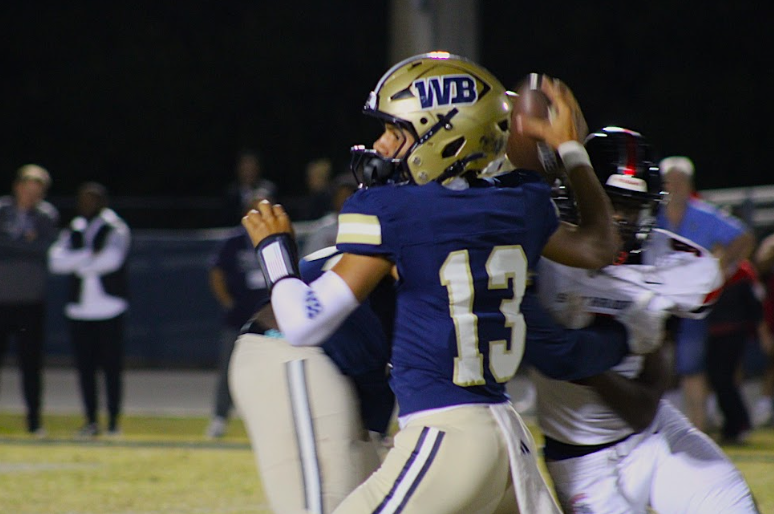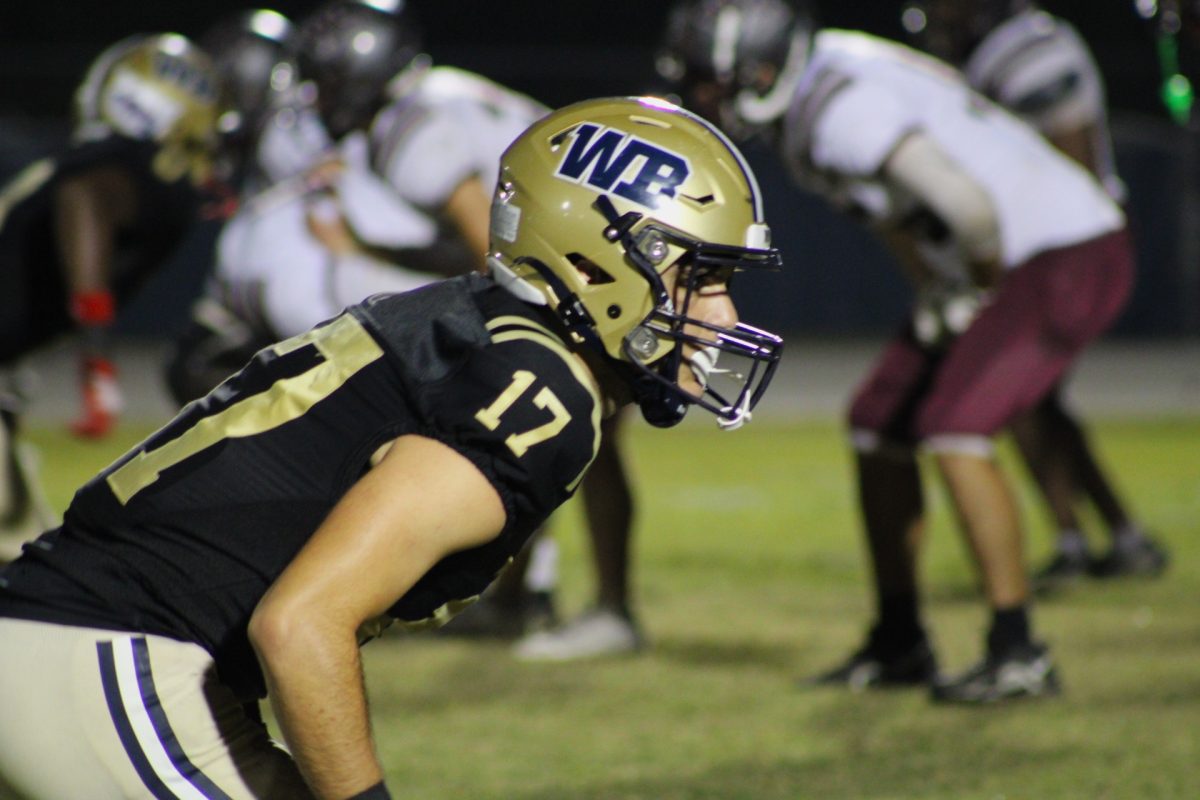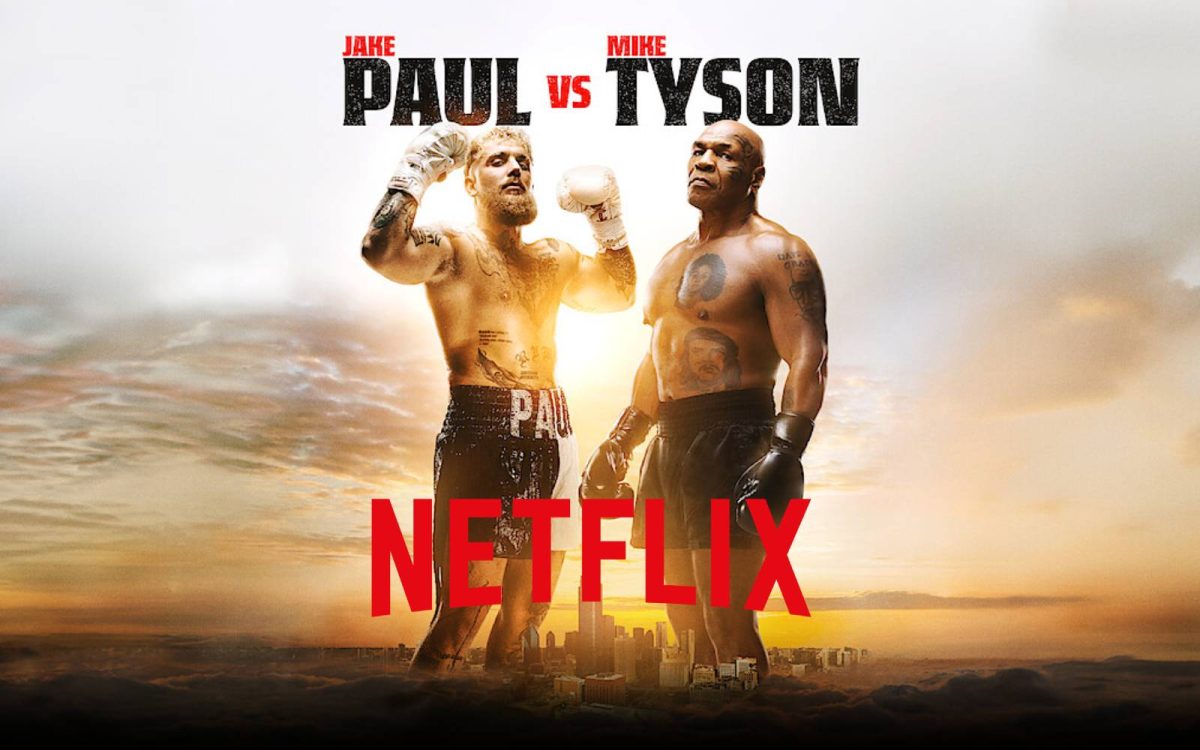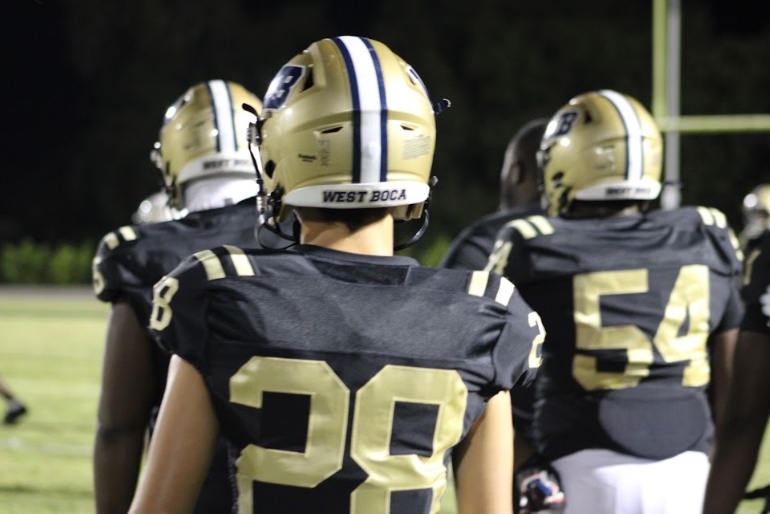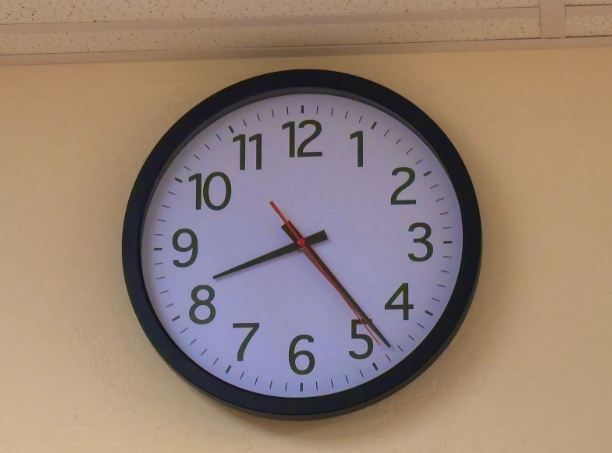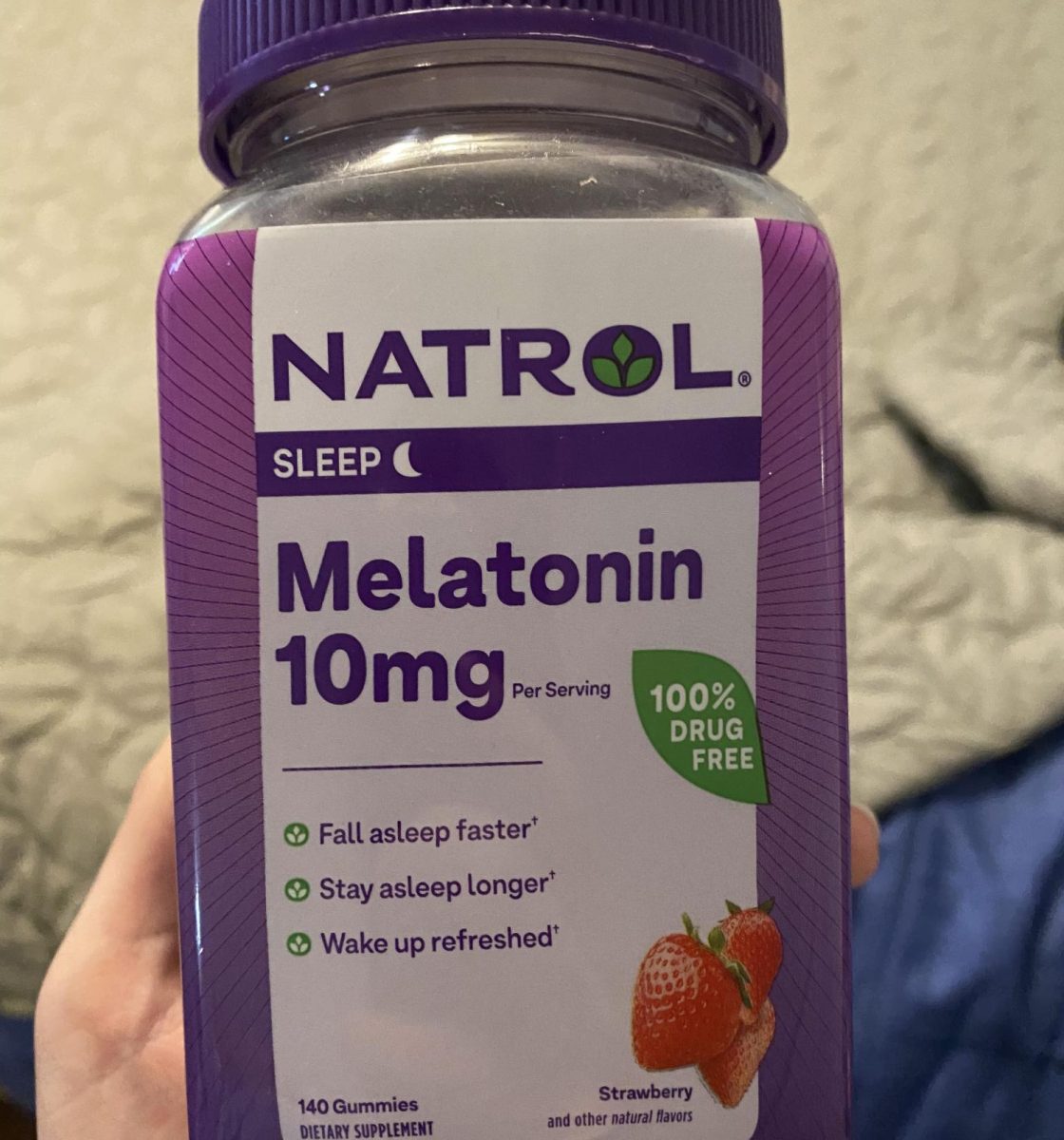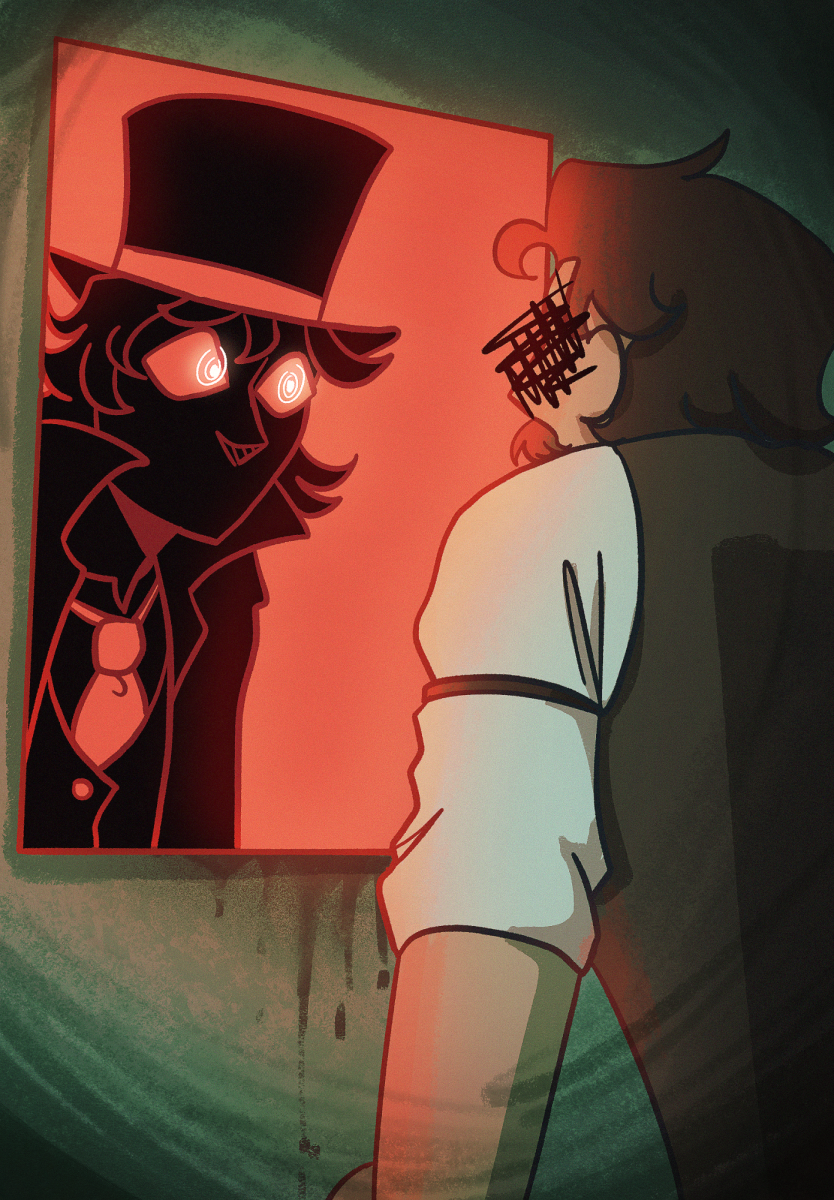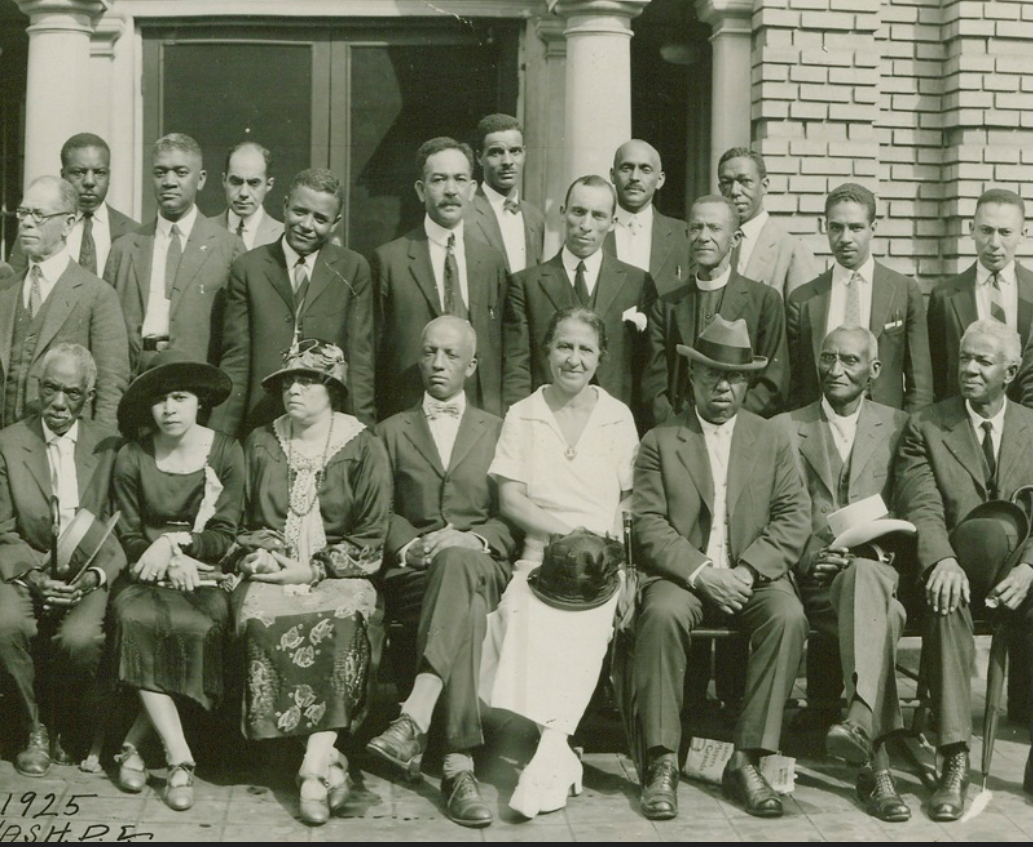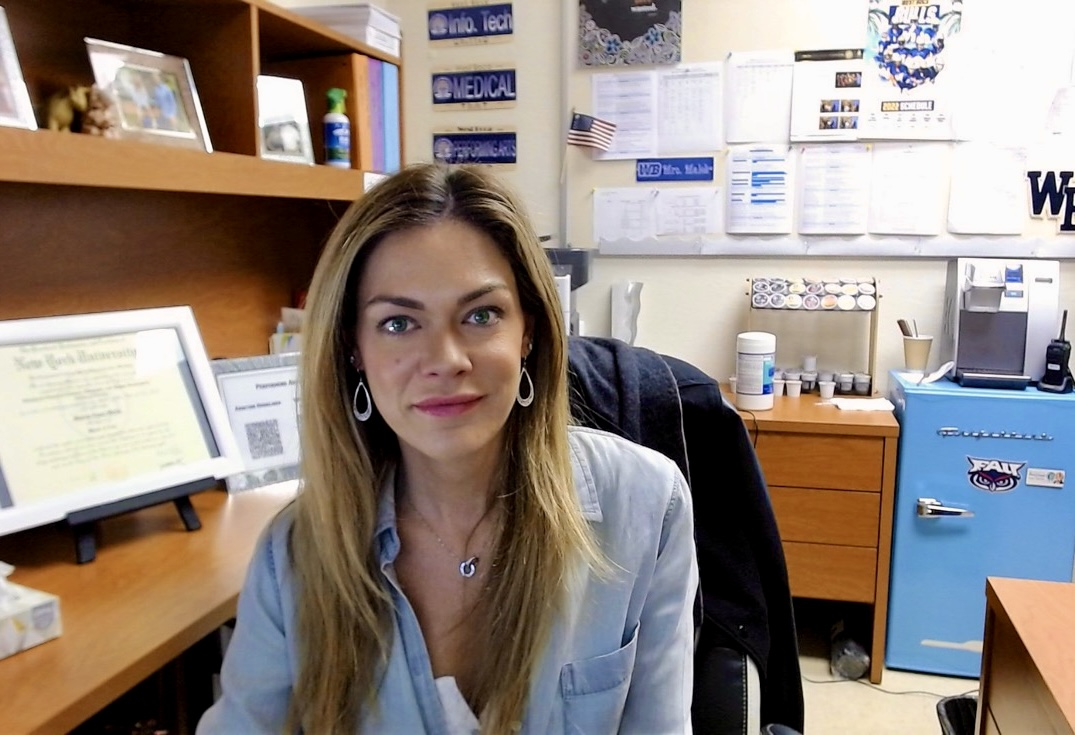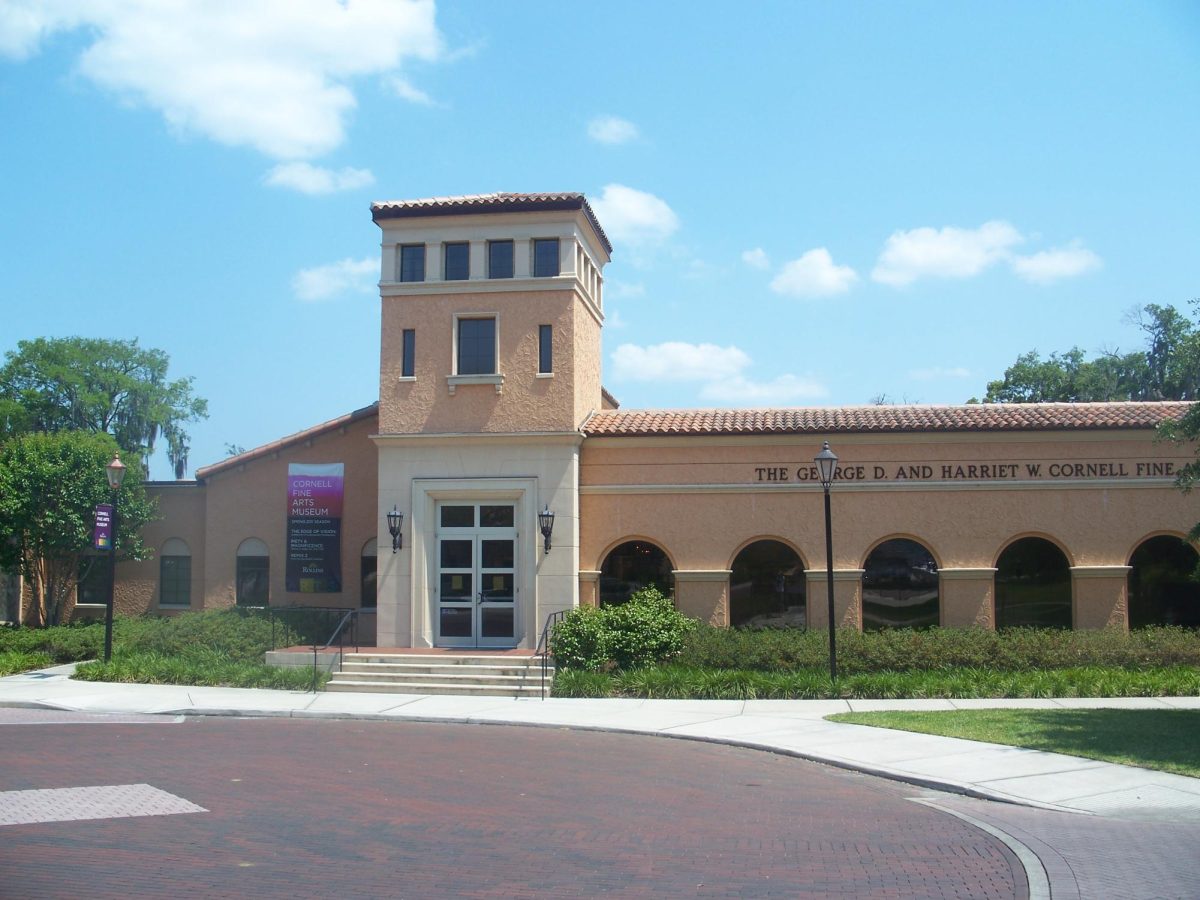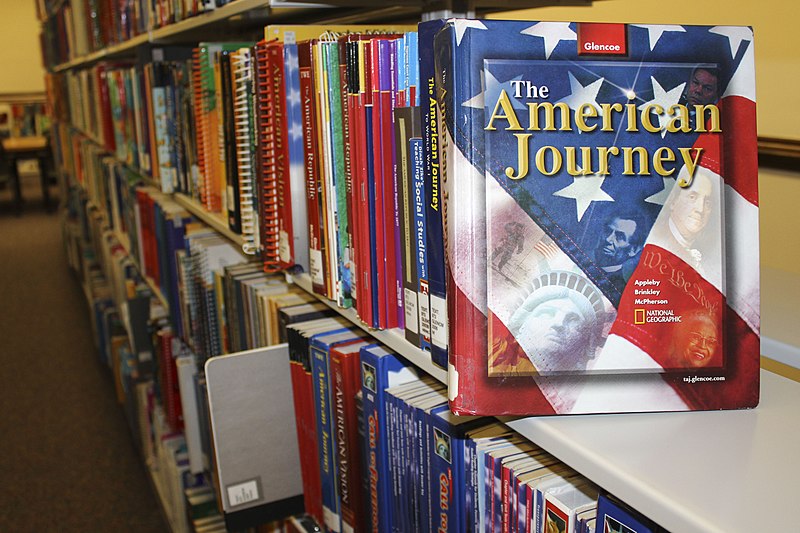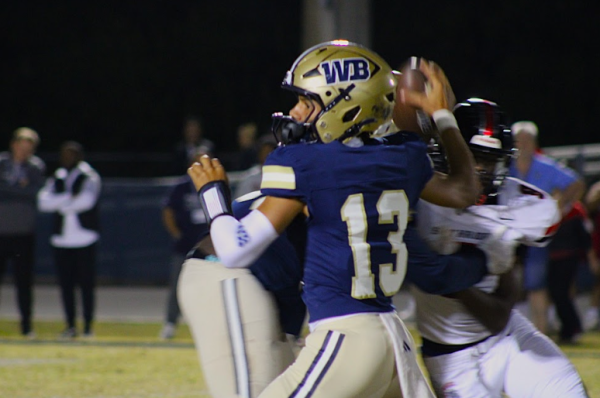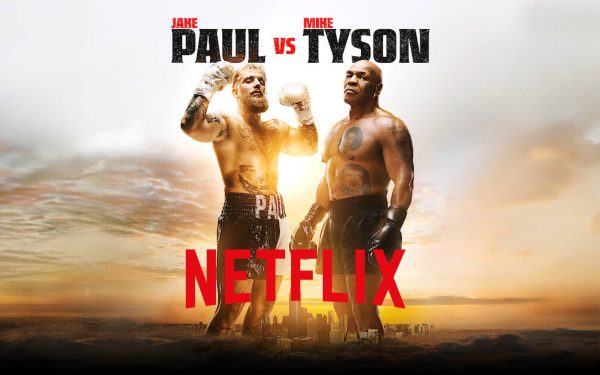“Open My Politics…”
Photo taken 1 July, 2014 by CECrane.
Textbooks are often more deceiving than what is seemingly presented.
January 16, 2020
Teachers throughout the United States depend on textbooks to guide students through courses. Often considered objective displays of truth and learning material, textbooks are in the middle of one of the most controversial industries in the country. These books can cost schools and students well upward of $200, but the high costs are rationalized by the expenses needed to write, manufacture, and distribute the thick books, densely packed with material. Textbooks also hold their value extremely well due to a constant cycle of new students demanding them. The information within also stays relevant for decades. Despite the high costs, schools and teachers will argue that the value provided by textbooks justifies the great expense; however, textbooks may not be exactly what they are advertised to be.
Initially, the industry, which generated $8.79 billion in revenue last year according to statista.com, was dominated by just five manufacturers: Pearson Education, Scholastic, McGraw-Hill Education, Cengage Learning, Houghton Mifflin Harcourt. These companies have vast influence over American education publishing nearly whatever they see fit. Due to the massive purchases of textbooks by public schools, individual states gain control over what is placed in their textbooks. They will often have publishers make minor changes to better fit local curriculums. This, though, isn’t the extent of the states’ control. Individual states, with both liberal and conservative leanings, make politicized adjustments to textbook information.
The New York Times analyzed American History textbooks in California and Texas. Their report displays subtle differences that will have an extreme effect on students’ learning. A single added sentence, most often political, can change the theme of a page. California’s changes are always progressive; detailing ethnic and sexually-oriented disadvantages. Texas’ changes are the opposite. They push conservative views such as minimizing the effect of the Harlem Renaissance by mentioning criticisms of its artistic quality and cite push back on President Barack Obama’s environmental policies. Often times states will highlight in yellow a specific line to emphasize a core belief or include an excerpt to expand a chapter. Liberal and Conservative states indoctrinate their students into following the viewpoints of the majority of the population and its leaders.
Through slight differences and the inclusion and disclusion of (factual) information, states throughout the country teach students differently. Thoughts on Common Core and similar systems to nationalize education can be debated. However, every parent should hope their children are taught not to a belief system, but on an objective basis. Placing information in front of students to allow them to further research and to come to their own conclusions should be the priority of public education. Yet, states throughout the nation would rather amplify their own agenda then maintain free thought.


